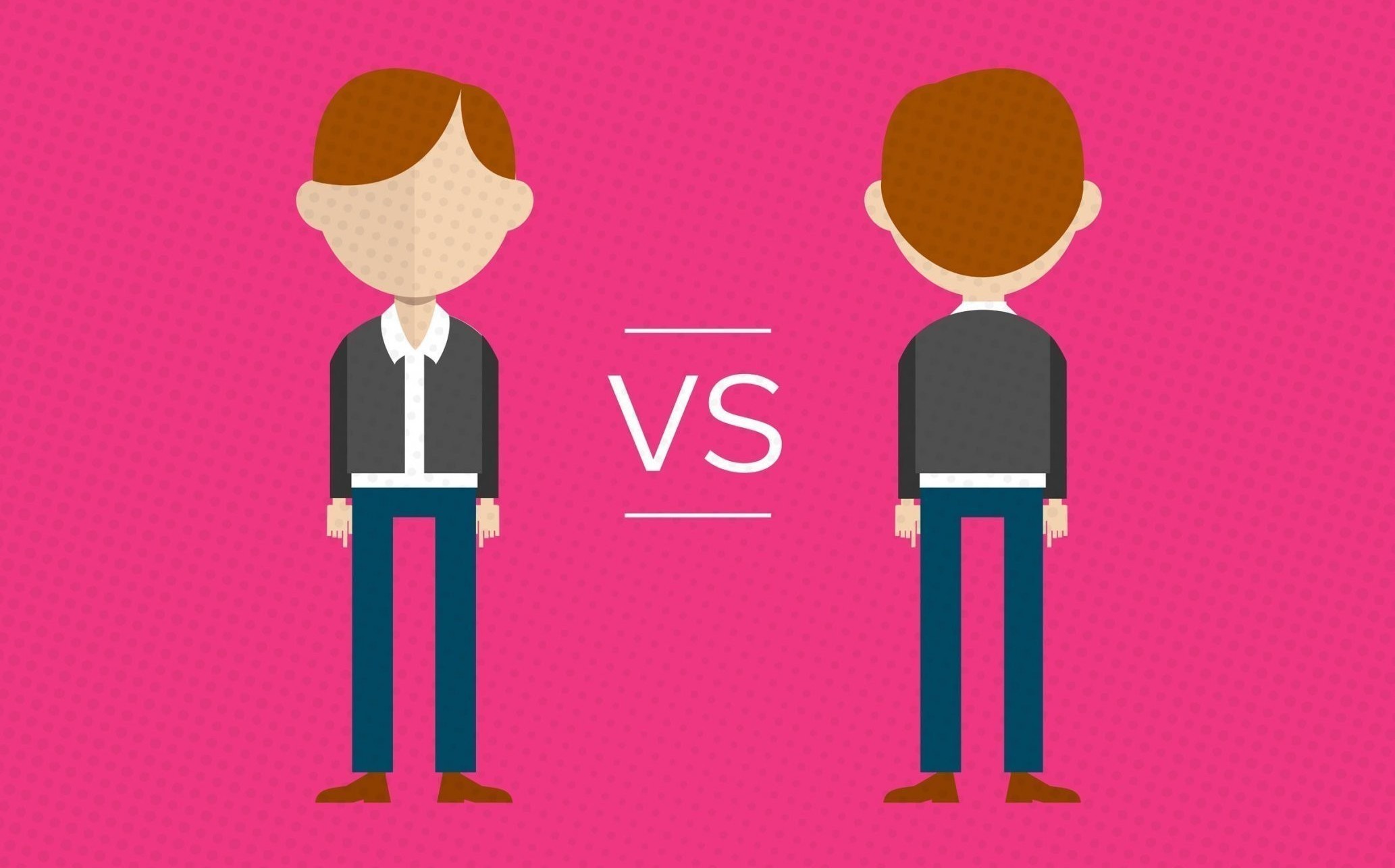Your website is often the first look that the world has into your business, so it should provide the best representation you can dream up. Most businesses don’t have the right team to achieve their online dreams, though. That’s when you need to find a qualified partner.
But if you don’t know exactly what to ask for and really don’t speak the lingo, the search can be daunting. So, before you set off on your new website adventure, take a few moments to learn a bit about how all this stuff works.
Design Meets Code
You may be familiar with website design and content creation. But what about the magic that goes on behind the screen? Maybe you’ve heard something about “knowing the front end from the back end,” but aren’t sure what that means.
Some developers will tell you that the front end is different from the back end in that they each require unique programming languages—which is true. Front-end development generally involves tying design elements to the HTML code, but may also use CSS and JavaScript. While back-end development involves languages such as PHP, Ruby, Python and .Net (“dot net”). (These are likely just as foreign to you as Mandarin Chinese). Without getting too complex, though, let’s dig a bit deeper beneath the pretty pictures on the screen to see how all of this works together and why you need to understand the difference.
Front-End Development
Though the front end of the website is the part that you interact with, it’s not all just eye-catching typefaces and animation. It’s a complex marriage of those pieces with the web application that makes them all dance beautifully together on your screen. The front end is where the user meets the developer—but not face to face, that’d be kinda creepy and awkward. More like mouse to screen.
A designer may have created a sleek looking page, but it’s the HTML, the language that web browsers “speak,” that translates that design into what you interact with on the screen. That along with CSS and JavaScript is what brings the flat page design to life on the web.
And if the user interface was well thought out and executed, the site’s interactions will be flawless. The user won’t even have to think about how to use the site because it will flow naturally. Beautiful images will call forth customers to give you their personal information and order products from your site. Then, forms can be filled out with customer data.
But where does all of that information go?
Back-End Development
When we discuss the back end of a website, we are generally focusing on the application that runs the site and the database that collects and stores information.
The back end may be the easiest to forget since it’s the part you don’t see, but it’s probably the most complex. This is really where your website’s functionality is based, so if you need your site to tie into your sales system or other back-office system, this is where it all comes together. Applications built with back-end code (e.g., PHP, Ruby, .Net) connect to a database to complete an action from the front end (e.g., returning information from a search performed on the website or saving the information input by a customer in an online form). And thus, the magic comes full circle.
Although this is just a basic explanation of how the front end of a website relies on the back end, I hope it has given you better insight into the process. And perhaps an appreciation for the folks who create websites. Hell, it may even strike you with a bit of awe at how amazing websites are in general.
Our developers, front and back, are skilled in both high art and pure magic! Call us now and let us show you what we’re capable of.

